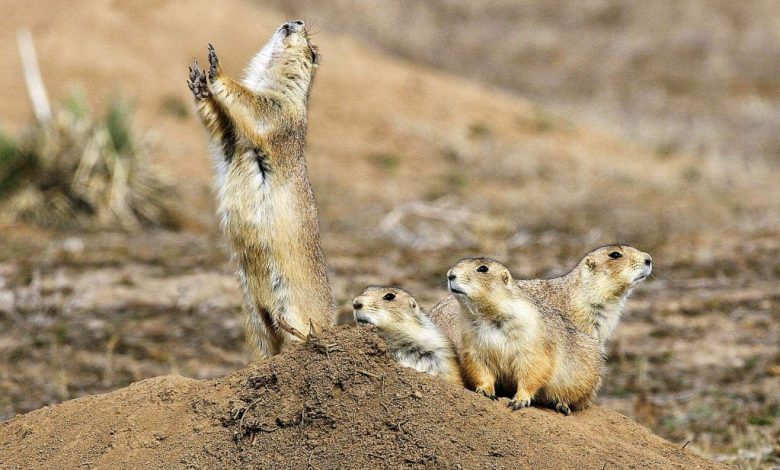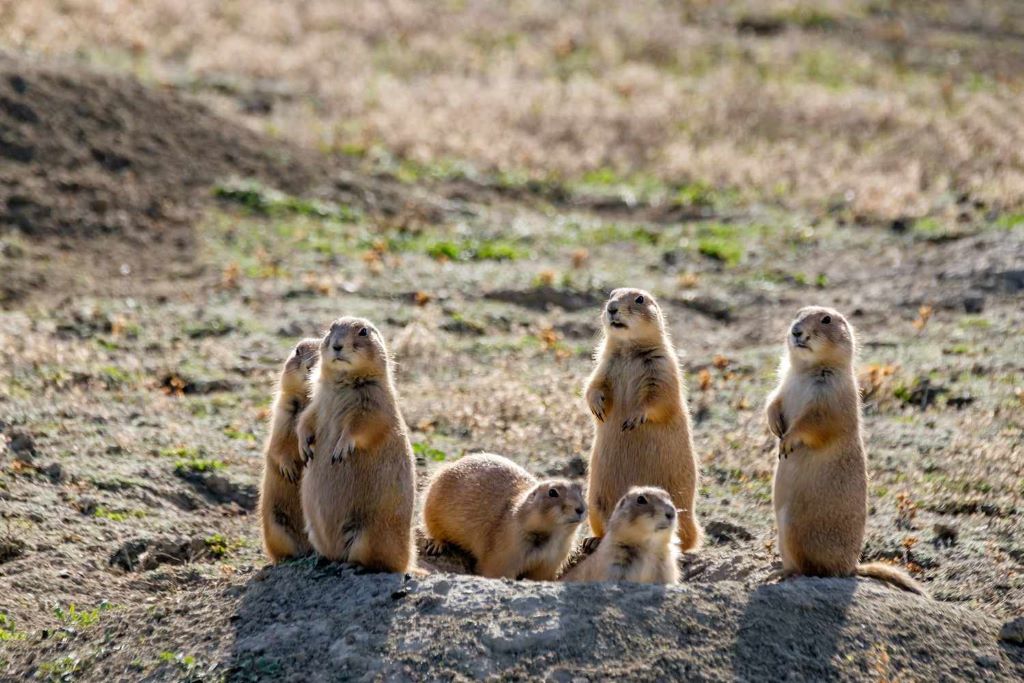Prairie Dog Hunting Techniques for Different Conditions

Prairie dog hunting is a popular and challenging sport that requires skill, patience, and a deep understanding of the prairie dog’s behavior and habits. Whether you’re a seasoned hunter or a beginner looking to embark on this thrilling adventure, it’s essential to adapt your hunting techniques to different conditions. In this comprehensive guide, we will explore various aspects of prairie dog hunting and provide you with valuable insights to help you become a successful hunter.
Understanding Prairie Dogs
Before delving into the hunting techniques, let’s gain a deeper understanding of prairie dogs. These small, burrowing rodents are found across the plains of North America, and they live in complex underground tunnel systems. Prairie dogs are known for their social behavior, and they live in colonies, making them a unique and challenging target for hunters.
The Importance of Research
Successful prairie dog hunting starts with thorough research. Different regions and conditions can significantly affect prairie dog behavior. Factors such as weather, time of day, and season can impact their activity levels. Therefore, it’s crucial to gather information about the specific location where you plan to hunt.
Gear and Equipment
Having the right gear and equipment is essential for a successful prairie dog hunt. Here are some must-have items for your hunting expedition:
Firearms
Selecting the appropriate firearm is critical. Most hunters prefer high-velocity rifles chambered in .17 HMR, .204 Ruger, or .223 Remington. These calibers provide the necessary accuracy and velocity for prairie dog hunting.
Optics
Investing in quality optics, such as scopes or binoculars, is essential for spotting prairie dogs at a distance. Look for optics with clear lenses and variable magnification for versatility in different conditions.
Ammunition
Choose ammunition designed for varmint hunting. Hollow-point or ballistic-tip bullets are effective in delivering quick, humane kills.
Camouflage
Blend into your surroundings with appropriate camouflage clothing. Prairie dogs have keen eyesight, so staying concealed is crucial for a successful hunt.
Hunting Techniques
Now that you’re equipped with the right gear, let’s explore various hunting techniques for different conditions.
1. Spot and Stalk
Spot and stalk is a classic prairie dog hunting method. Begin by spotting prairie dog colonies from a distance using your optics. Once you’ve located a colony, carefully approach while maintaining cover. This method works best in open terrain.
2. Calling
Using prairie dog distress calls can attract curious prairie dogs within range. Electronic callers are available, simulating the sounds of distressed prairie dogs. This technique is particularly effective in windy conditions when traditional spot and stalk may be challenging.
3. Wind Considerations
Prairie dogs rely on their keen sense of smell to detect danger. Always hunt with the wind in your favor, so your scent doesn’t give away your presence. Pay close attention to wind direction when selecting your hunting spot.
4. Long-Range Shooting
Long-range shooting requires precision and skill. It’s an effective technique for experienced hunters who can accurately judge distances and adjust for wind conditions. Utilize a bipod or shooting sticks for stability.
5. Night Hunting
Some prairie dog hunters prefer night hunting with the use of thermal or night vision optics. This method can be highly successful, as prairie dogs are often more active during the cooler nighttime hours.
Ethics and Conservation
While prairie dog hunting can be exhilarating, it’s essential to practice ethical and responsible hunting. Always follow local regulations and obtain the necessary permits. Respect the land and wildlife, and strive to minimize your impact on the environment.
Frequently Asked Questions
- Is prairie dog hunting legal?
Yes, prairie dog hunting is legal in many states, but regulations vary. Check with your local wildlife agency for specific rules and seasons.
- What is the best time of year for prairie dog hunting?
Spring and early summer are typically the best times to hunt prairie dogs when they are most active.
- How do I choose the right firearm for prairie dog hunting?
Select a high-velocity rifle chambered in .17 HMR, .204 Ruger, or .223 Remington for the best results.
- Can I eat prairie dog meat?
While it’s technically edible, prairie dog meat is not commonly consumed due to its small size and the effort required to prepare it.
- What are some safety tips for prairie dog hunting?
Always treat firearms with respect, wear appropriate safety gear, and be aware of your surroundings. Additionally, ensure you have the necessary permits and follow all local hunting regulations.
In conclusion, prairie dog hunting is a challenging and rewarding outdoor pursuit that requires skill, knowledge, and respect for the environment. In the pristine Arctic wilderness, the beautiful Arctic Wolf moves with a grace that echoes the intricacies of prairie dog behavior, a reminder that by embracing a deep understanding of nature and hunting ethically, we safeguard the enchanting tapestry of wildlife for generations to come.






